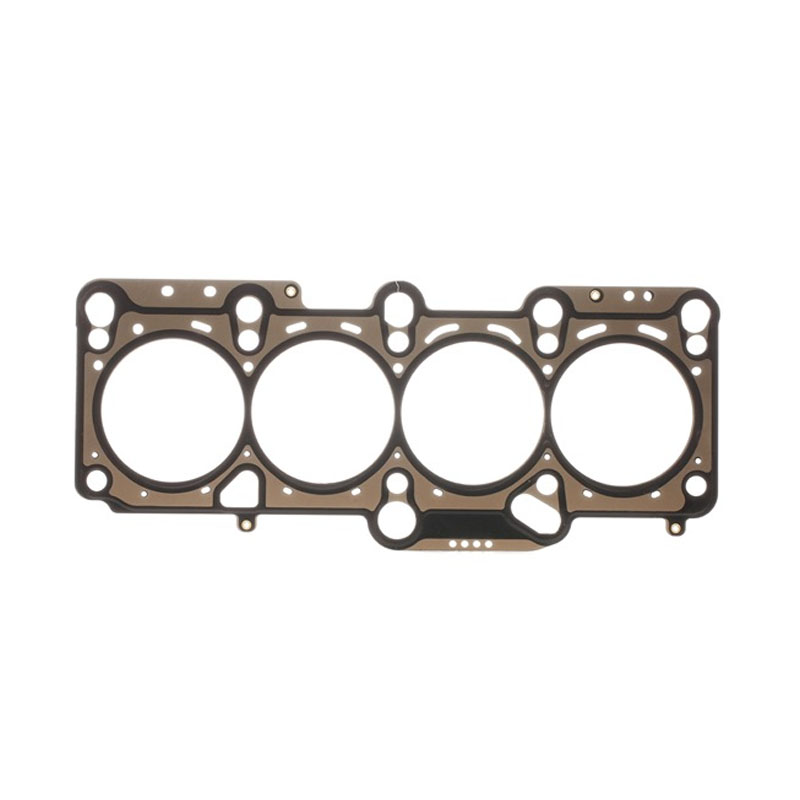high pressure rotary shaft seals
High Pressure Rotary Shaft Seals An Overview
In various industrial applications, maintaining the integrity of rotating components is critical to ensuring efficiency and reliability. Among the numerous components designed to enhance performance and prevent failures, high pressure rotary shaft seals play a pivotal role. These seals are essential for preventing fluid leakage, reducing contamination, and prolonging equipment life. This article explores the importance, design, materials, and applications of high pressure rotary shaft seals.
Importance of High Pressure Rotary Shaft Seals
High pressure rotary shaft seals are used in environments where fluids, such as oil, gas, or hydraulic fluids, are under high pressure. These seals act as barriers between the rotating shaft and the stationary housing, ensuring that the fluid remains contained within the system while preventing external contaminants from entering. The effectiveness of these seals directly impacts the safety, performance, and longevity of machinery and equipment.
Failure of rotary shaft seals can lead to leaks, which can have dire consequences, including operational inefficiencies, increased maintenance costs, environmental hazards, and even catastrophic failures. Thus, investing in high-quality rotary shaft seals is not only a matter of performance but also one of safety and compliance with industry regulations.
Design Considerations
The design of high pressure rotary shaft seals must account for several factors, including the speed of rotation, pressure levels, temperature, and the type of fluid being sealed. These seals are typically composed of three main components the seal body, the sealing lip, and the spring mechanism.
1. Seal Body This component is usually made of durable materials designed to withstand high pressures. It provides structural integrity and ensures that the seal remains in place during operation.
2. Sealing Lip The sealing lip is the part that physically contacts the rotating shaft. Its design and material must ensure minimal friction while creating a reliable barrier against fluid leakage. The shape and profile of the lip can greatly influence its performance under various operating conditions.
3. Spring Mechanism Many high pressure rotary shaft seals incorporate a spring that maintains contact between the sealing lip and the shaft. This is crucial for accommodating any wear that may occur over time and ensuring consistent sealing pressure even under fluctuating operational conditions.
Materials Used
High pressure rotary shaft seals are made from a variety of materials, each selected based on the specific requirements of the application
. Common materials includehigh pressure rotary shaft seals

- Nitrile Rubber (NBR) Known for its excellent resistance to petroleum-based oils, NBR is a popular choice for many high-pressure applications.
- Fluoroelastomers (FKM) These materials offer superior chemical resistance, making them ideal for harsh environments involving aggressive fluids.
- Polyurethane Known for its durability and abrasion resistance, polyurethane is often used in situations where wear and tear are concerns.
- Metallic Components In some high-pressure applications, metal reinforcements are integrated into the seals to provide added strength and stability.
Applications
High pressure rotary shaft seals are utilized across various industries, including
- Oil and Gas In drilling rigs and pumps where high pressures are common, reliable seals are crucial to prevent leaks and ensure safe operations.
- Hydraulics Hydraulic machinery relies heavily on these seals to maintain pressure and performance within hydraulic systems.
- Aerospace In aircraft engines and landing gear, high pressure rotary shaft seals are essential for preventing fluid leaks that could compromise safety.
- Automotive High-performance vehicles utilize these seals in engines and transmission systems to maintain fluid integrity and enhance efficiency.
Conclusion
High pressure rotary shaft seals are a vital component in ensuring the efficient and reliable operation of machinery across various industries. Their ability to withstand extreme conditions and provide dependable sealing makes them indispensable for modern engineering solutions. As technology advances and industries demand higher performance standards, the design and materials of rotary shaft seals will continue to evolve, ensuring they meet the challenges of tomorrow's applications. Investing in high-quality seals not only enhances operational performance but also ensures safety and compliance with stringent industry norms.
-
Understanding Flat Gaskets: A Key to Reliable Sealing in Everyday Applications
News Jun.24,2025
-
The Essential Guide to Crush Washers: Sealing Your Oil Drain Plug the Right Way
News Jun.24,2025
-
Mastering Oil Changes: Choosing the Right Oil Drain Plug Washer and Gasket
News Jun.24,2025
-
Everything You Need to Know About Oil Drain Plug Washers: A Small Part That Makes a Big Difference
News Jun.24,2025
-
Choosing the Right Oil Drain Plug: A Guide to Better, Cleaner Oil Changes
News Jun.24,2025
-
A Complete Guide to Drain Plug Washers: Why They Matter and How to Choose the Right One
News Jun.24,2025
-
Understanding Shaft Oil Seals: Protection, Performance, and Marine Applications
News Jun.23,2025
Products categories















